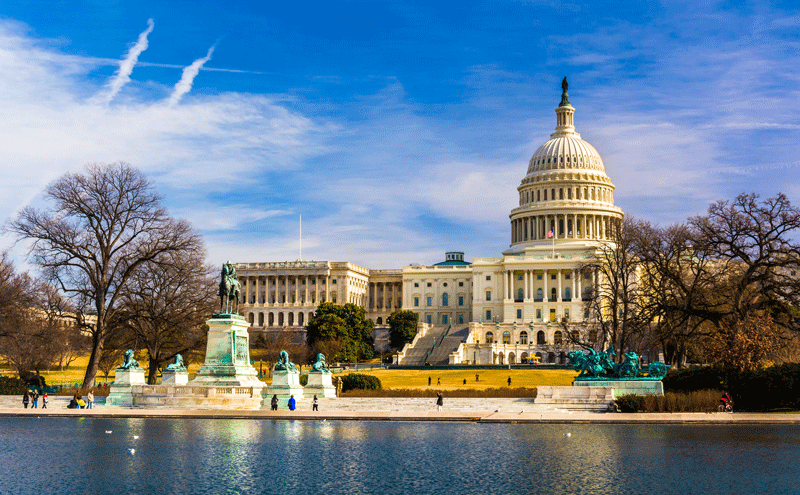
Trump’s State of the Union
On January 30, President Trump gave his annual State of the Union address. It was the third-longest such speech in history: one hour and twenty minutes long. In general, it was well-received. According to some polls, the president’s approval rating even went up a few points from its historic lows as a result. Here are some of the key moments of the address.
Policies and Accomplishments
The president spent a lot of time outlining the accomplishments of the past year, which is common for a State of the Union address. He also talked about future policies, such as lowering prescription drug costs, rebuilding the country’s nuclear weapons arsenal, improving infrastructure, and possibly cutting off aid to countries that aren’t acting in the United State’s best interests. Trump also made a strong push for bipartisanship.
Audience Participation
In Trump’s 2017 address to Congress, he talked about Carryn Owens, who was the widow of Chief Petty Officer William Owens, who was killed in Yemen. Trump got a very positive response from the public for including Owens in his speech last year. So this year, he decided to go all out, naming sixteen audience members and including their stories in his address.
Controversy
Though in general Trump’s speech was well-received, it of course still generated some controversy. This time, he drew criticism for the way he spoke about DREAMers, the people brought to the U.S. as children who face possible deportation now that the Trump administration has eliminated the DACA program that once offered them protection. During his address, Trump made the statement that all Americans are dreamers, too. This angered people because it seemed to imply that DREAMers are not Americans, though many of them have spent their entire lives here and know no other home but this one.
The president also brought up how important it is to stand for the national anthem, which seemed like a direct insult to the NFL players who chose not to stand for it in order to protest systematic racism in the United States.
The Other Players
The first lady, Melania Trump, drummed up her share of controversy as well. First, she arrived at the event separately from her husband. Second, she was dressed all in white, which immediately led many political commentators to wonder what statement she was trying to make. Democratic women all wore black to the speech, and Hillary Clinton wore white to honor suffragettes when she accepted her presidential nomination in 2016. Melania’s message, if any, was unclear.
Speaking of Hillary, Trump’s former presidential opponent surprised everyone when she posted a lengthy Facebook statement at 8:45pm, fifteen minutes before Trump’s address began. In it, she apologized because during her 2008 presidential campaign, she had let a staffer keep his job despite the fact that he had been accused of workplace harassment. It’s unclear why Clinton chose to make this post when she did.
And finally, Democrats widely praised Congressman Joe Kennedy III, who gave the official Democratic response to the speech. Kennedy is the 37-year-old grandson of Bobby Kennedy, who was killed fifty years ago during his own campaign for the presidency.


